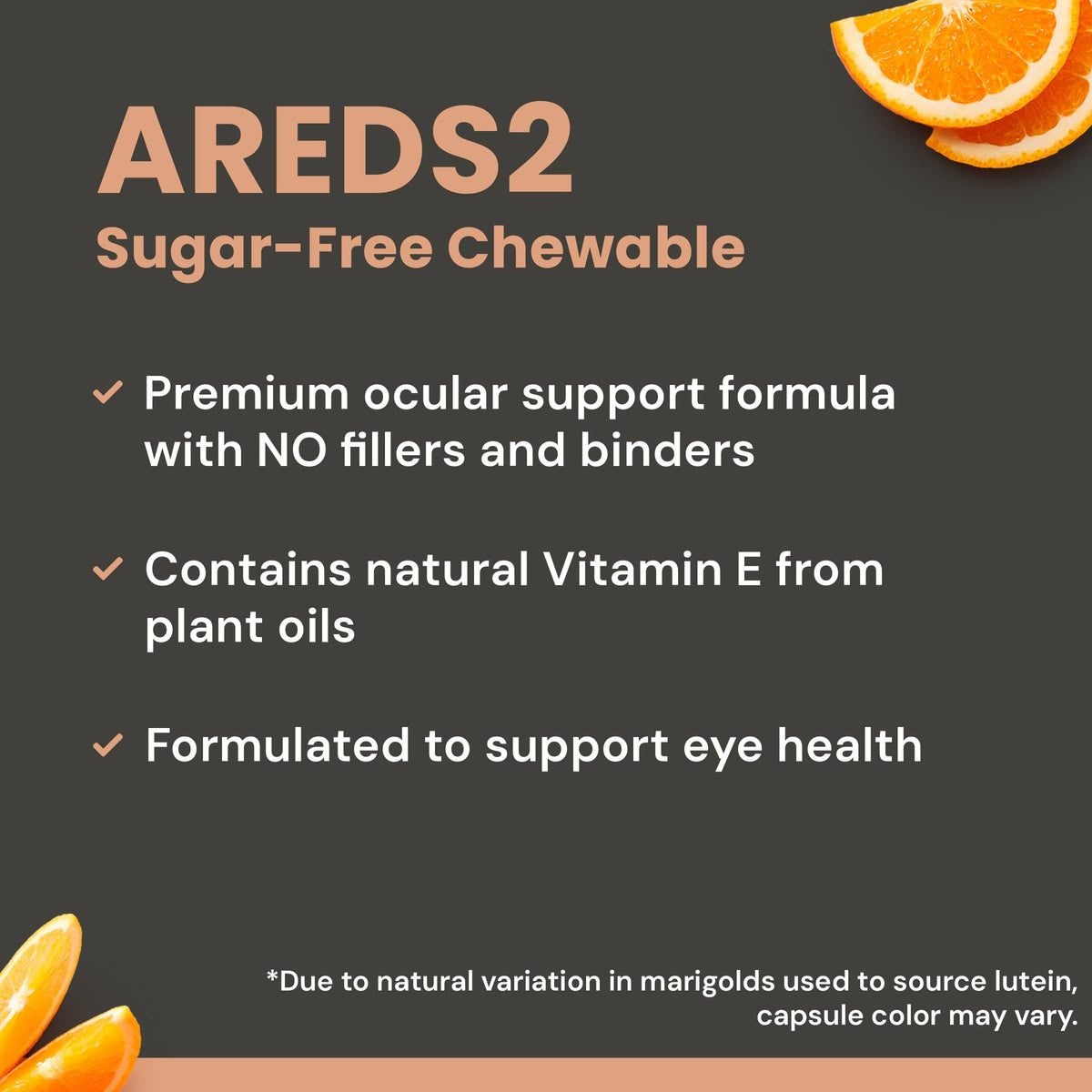Researchers at the University of Melbourne have found a link between reticular pseudodrusen (RPD) and an increased risk of developing the wet form of macular degeneration.
The study involved 200 patients with choroidal neovascularisation (CNV) secondary to age-related macular degeneration in one eye but with no signs of wet AMD in the other eye. The patients were all receive anti-VEGF treatments and had an average age of 77.
All patients were monitored using spectral-domain optical coherence tomography and had an average follow-up of 2.3 years. At the follow-up, progression to CNV in the unaffected eye occurred in 36% of patients. This was more likely to be the case in patients who had RPD at baseline with 61% compared to 33.4% in those who did not have RPD at baseline.
The findings of this study reveal the need for close monitoring of patients presenting with RPD and discussing with patients the possibility of developing late stage AMD in the second eye.*















